|
The platypus is arguably the most bizarre mammal alive today (although I wouldn't rule out naked mole rats, pangolins, or humans). In April and May, Trish and I were lucky enough to spend over three weeks in the tropical northeast corner of Australia. When we were staying at Hidden Valley Cabins near Paluma, Ian (one of the owners) took us to a nearby river to try to spot the elusive platypus. We sat silently by the shore of the river as the sun set and the surrounding forest became dark, but the creatures were unwilling to show themselves. Ian was as disappointed as we were, so he insisted on taking us again the next evening. This time we saw two platypuses, and we were ecstatic. Due to our success, Ian ceremoniously gave us each an Australian 20-cent coin, which features a platypus. At first glance, a platypus could be mistaken for a water mammal that is very common in my home state of Missouri, the muskrat. I've seen plenty of muskrats (and beavers, for that matter), so why was I so excited to see a platypus? Because the platypus is unlike any other mammal on Earth--an egg-laying, duck-billed mammal with venomous stingers on its hind feet! It is so bizarre that the first scientists to examine a preserved platypus in 1799 declared that it was a fake. they thought someone had sewn together the parts from several different animals. So what the heck is a Platypus? The platypus is a mammal in the order, monotremes (along with echidnas, which I featured in a previous email). It is the only living member of a monotreme family called Ornithorhynchidae. The most amazing thing about monotremes is that they lay eggs instead of giving birth to live young. The platypus has become an iconic animal of Australia. Amazing facts about the Platypus The platypus has many names. No one seems to agree on the correct plural form of the word, platypus. Some scientists use the word "platypuses," while others use "platypus." Some Australians use the word, "platypi." Early settlers in Australia referred to them as "duckbills," "watermoles," and "duckmoles." Long ago (before about 60 million years), monotremes were the dominant mammals throughout Australia. There were many more species of monotremes at that time. But then marsupials invaded Australia (marsupials are the pouched mammals like kangaroos, koalas, and possums). It is thought that the marsupials were able to out-compete the monotremes, gradually replacing nearly all of them. So, why did the platypuses and echidnas survive? Probably because of an aquatic (swimming) lifestyle. Yes, I know that echidnas are terrestrial animals, but recent studies show that their ancestors that existed when marsupials invaded Australia were more similar to platypuses. Echidnas diverged from platypuses less than 50 million years ago. Platypuses are fairly small mammals. Females average 17 inches (43 cm) in length, including the tail. Males average 20 inches (50 cm). But based on fossil teeth, we now know that at least one much larger species existed millions of years ago. At about a meter long, it was twice the size of modern platypuses. See artist drawing below. Why do platypuses have a duck bill? The bill is a special adaptation for feeding on invertebrates that dwell in the bottom substrate of creeks and ponds. The platypus swipes its bill back and forth to expose their prey animals. Even more amazing, though, is that not only are these bills highly sensitive to touch, they also have rows of electroreceptors, which allow the platypus to locate their prey by detecting the tiny electric signals generated by muscle contractions in their prey. Therefore, the way they feed is similar to that of hammerhead sharks. Platypuses are venomous! The males have spurs on their hind legs that inject venom that causes extreme pain, and can even kill animals as large as cats and dogs. The main purpose of these spurs is probably to aid the males in fighting each other during the mating season, but they can also be used in self-defense. Another interesting fact is that similar spurs have been found on the legs of many fossilized ancient mammals. So even though platypuses are one of only a few venomous mammals alive today, apparently venom was common in mammals in the past. Check out this National Geographic video on platypuses. Platypuses really do lay eggs. Astoundingly, because platypus nests are difficult to find, it wasn't until 1884 that scientists confirmed that they actually lay eggs (almost 100 years after Europeans first encountered these creatures). In 1884, the British scientist William Caldwell was sent to Australia to confirm this. With the help of 150 native Aborigines, he finally located a nest with a few eggs. Because of the high cost of wiring numerous words from Australia to London, he sent the following brief message: "Monotremes oviparous, ovum meroblastic." What does this mean? It means, "monotremes lay eggs, and the eggs are similar to those of reptiles in that only part of the egg divides as it develops." The reason platypus nests are so difficult to find is that the females construct them in extensive burrows, up to 66 feet (20 m) long, near the water's edge. The photo below is a replica of a platypus nest with eggs. Platypus eggs develop inside the female's body for about 28 days, then they are incubated in the nest for only ten days. This is very different from birds. For example, in chickens, the egg spends only about one day in the female's body and is then incubated outside the body for 21 days. Check out this rare video of hatching platypuses. And here are two young platypuses: One more little tidbit of information. Not only is the platypus included in Aboriginal "Dreamtime" stories, it is also featured on numerous Australian coins and stamps, and it was one of the mascots chosen for the Sydney 2000 Olympics. Perhaps today it is best known to kids because of the character, Perry the Platypus, in the animated TV show, Phineas and Ferb. Perry is a pet platypus, but unbeknownst to his owners, he leads a double life. He is also a secret agent for The O.W.C.A. (The Organization Without a Cool Acronym), a government organization of animal spies. So, the platypus deserves a place in the S.A.H.O.F. (Supernacular Animal Hall of Fame). FUN FACT: The word supernacular originated in the 1840s. Originally it was used to describe a drink (particularly an alcoholic drink) that was excellent, or good to the last drop. But since then it has been used more broadly to mean superb or outstanding. So, supernacular is another way to say awesome! Photo Credits:
Kansas State Fair - Lindsey Bauman/The Hutchinson News Painted-face Sisters - Stan C. Smith Midway at night - Stan C. Smith Platypus Head - Zoos Victoria Large Extinct Platypus - Peter Schouten, SciNews Platypus Nest - Wikimedia Commons Baby Platypuses - Imgur Perry the Platypus - Fandom
0 Comments
Leave a Reply. |
Stan's Cogitations
Everyone needs a creative outlet. That's why I write. Archives
July 2024
|


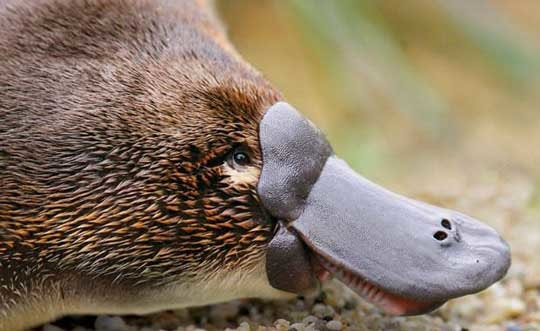
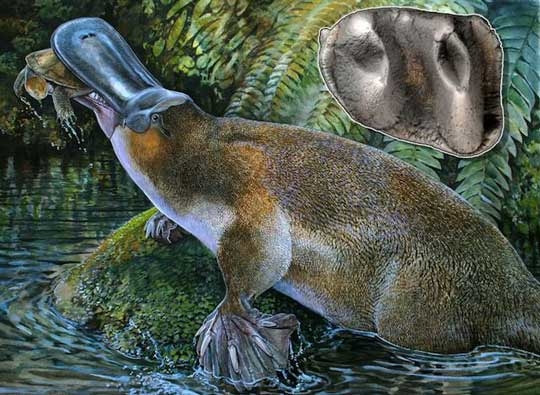
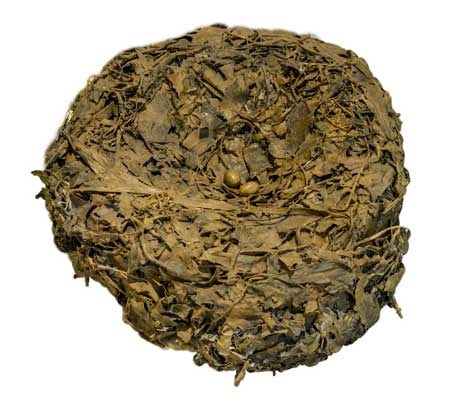
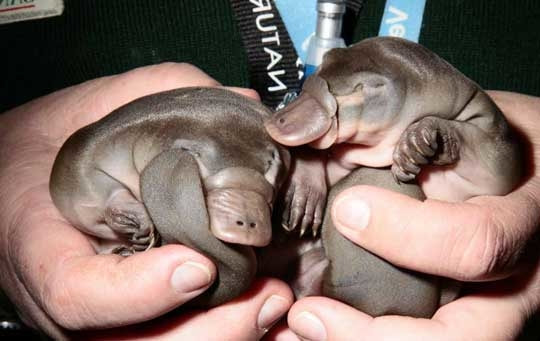
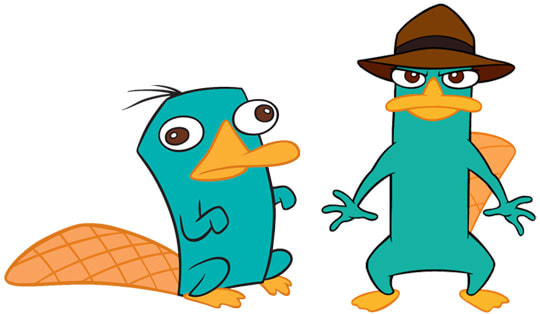
 RSS Feed
RSS Feed